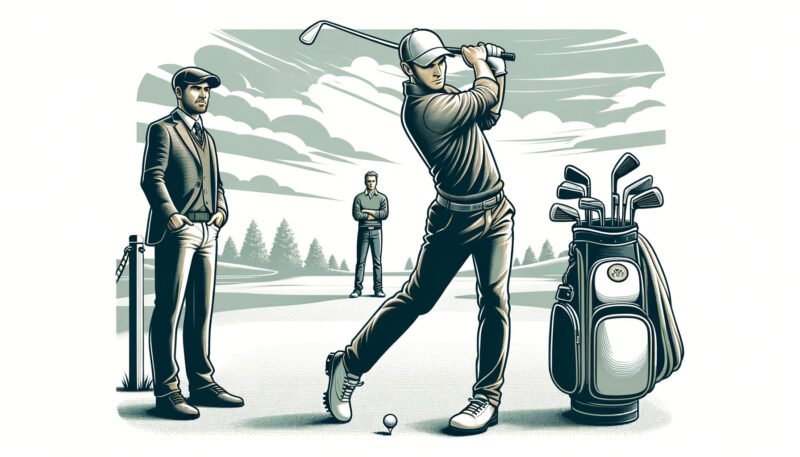Hitting a driver off the deck is one of the most thrilling shots in golf. It’s a high-risk, high-reward move that can help you reach those long par 5s in two and set up an eagle opportunity.
But it’s not a shot for the faint of heart. It requires confidence, skill, and a bit of creativity.
In this post, we’ll explore the art of hitting your driver off the fairway, providing you with valuable insights and practical tips to master this shot.
How to Succeed?
Hitting the driver off the deck can indeed be a daunting task for many golfers, yet it’s a skill that, once honed, can significantly enhance your game. The key is to understand the nuances of this shot and to practice diligently.
Let’s look deeper into each aspect of this technique.
Use the Right Club
While the driver is traditionally used for teeing off, it’s not uncommon to use it off the deck. However, this requires a higher skill level due to its design.
Typically, a driver has a larger head and a longer shaft, which makes it challenging to use on the fairway. In contrast, a 3-wood or 5-wood, with their more compact head sizes and shorter shafts, offer a better alternative for many players.
These clubs not only provide more control but also increase the likelihood of a successful shot from the fairway. They are more forgiving, making them ideal for golfers who are still perfecting their swing.
Choke up On the Club
Choking up on the club, by gripping it closer to the shaft’s end, is a technique often overlooked by amateur golfers. This simple adjustment can make a significant difference in your control over the club.
By choking up, you shorten the effective length of the club, which in turn enhances your ability to guide it more precisely through the swing. This is particularly helpful when attempting to strike the ball at a lower trajectory or when dealing with challenging lies.
Tee the Ball up Slightly
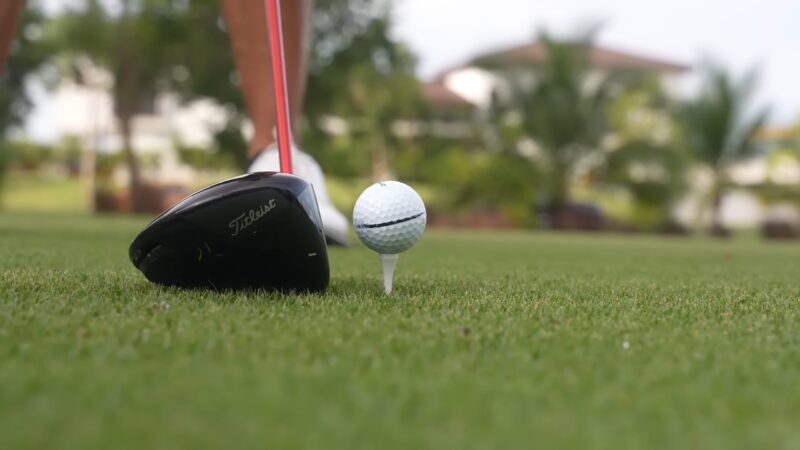
Teeing the ball up, even slightly, can be beneficial when hitting off the deck. This doesn’t mean using a traditional tee as you would on the tee box, but rather, it involves creating a small mound of grass or finding a slightly elevated piece of turf.
The idea is to position the ball in such a way that it allows for cleaner contact, minimizing the risk of the club head striking the ground before the ball. This can help in achieving a cleaner, more powerful shot.
Swing Smoothly
One common mistake is the tendency to hit the ball with excessive force when using a driver off the deck. It’s crucial to remember that power does not solely come from strength; it also comes from the fluidity and rhythm of the swing.
A smooth, controlled swing, which is a hallmark of a well-executed power move, ensures better balance and timing, both crucial elements for a successful shot. Rather than solely trying to hit the ball hard, the focus should be on maintaining a consistent swing tempo and harnessing the power move effectively.
This approach not only increases the accuracy of your shot but also reduces the risk of injury.
Aim for A Lower Trajectory
When using a driver off the deck, it’s advisable to aim for a lower trajectory. This is contrary to the high, arching shots typically associated with drivers.
A lower trajectory shot is more likely to stay on the fairway and less likely to overshoot the green. This can be achieved by adjusting your stance, gripping the club more firmly, and making a more level swing.
With consistent practice, you’ll develop a feel for how to manipulate the club and your swing to achieve this lower trajectory, thus adding a valuable shot to your golfing arsenal.
When to Use This Shot
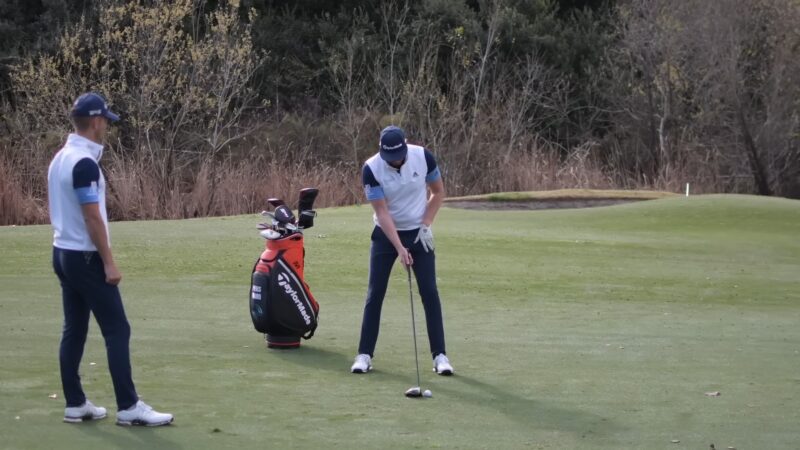
Deciding when to use the driver of the deck is as crucial as knowing how to execute the shot. This shot is not just about skill and technique; it’s also about strategy and understanding the course.
For Covering Long Distances
When you’re faced with a particularly long distance to the green, and you need to maximize your yardage, the driver off the deck can be your go-to shot. It’s ideal for those moments when a standard fairway wood might not provide the necessary distance.
The driver, with its design for distance, can help bridge that gap, especially in situations where you need to cover a significant stretch of the fairway or reach a distant green in fewer strokes.
On Wide-Open Fairways
Wide-open fairways offer the perfect opportunity to use this shot. Without the constraints of narrow passages or dense hazards, you have the liberty to exploit the full potential of the driver.
These scenarios allow for the ball to roll extensively after landing, an aspect that is maximized by the low trajectory and high speed of a driver shot. Wide fairways reduce the risk of landing in trouble spots, making it an ideal situation for unleashing this powerful shot.
When the Ground is Hard and Dry
The condition of the course plays a vital role in the effectiveness of using a driver off the deck. Hard and dry ground conditions are perfect for this shot, as they facilitate extra roll after the ball lands.
This can add significant yardage to your shot, turning what would be a decent drive into an exceptional one. In contrast, on softer grounds, the ball is likely to stop more quickly, diminishing the effectiveness of this strategy.
When Feeling Confident
Golf is as much a mental game as it is a physical one. Sometimes, the decision to use the driver of the deck is a matter of confidence. When you’re feeling particularly confident and want to take a calculated risk, this shot can be both thrilling and rewarding.
It’s a bold move that, when executed well, can significantly advance your position on the course and give you a psychological edge. However, it’s important to weigh this confidence with a realistic assessment of your skills and the current situation on the course.
Common Mistakes and How to Avoid Them
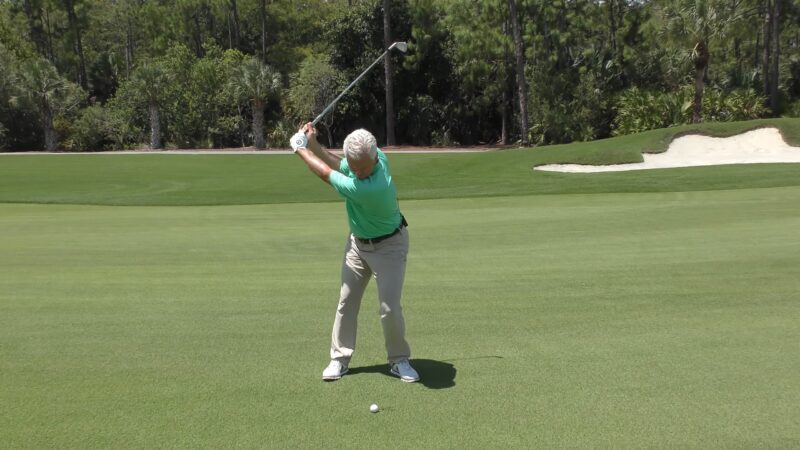
Using the driver of the deck is a challenging shot and can lead to several common mistakes. However, being aware of these pitfalls and knowing how to avoid them can greatly improve your success rate.
Over-Swinging
A frequent error is over-swinging. Many golfers mistakenly believe that more power is needed for this shot and end up swinging too hard.
This often leads to a loss of control and balance, resulting in poor contact with the ball.
How to Avoid: Focus on a smooth, controlled swing. Remember that the driver is a long club and naturally generates a lot of distance. Your goal should be to make solid, clean contact with the ball, rather than hitting it as hard as possible. Practice swinging with a tempo that feels controlled and balanced. It might help to think of your swing as a rhythmic motion rather than a forceful action.
Poor Alignment
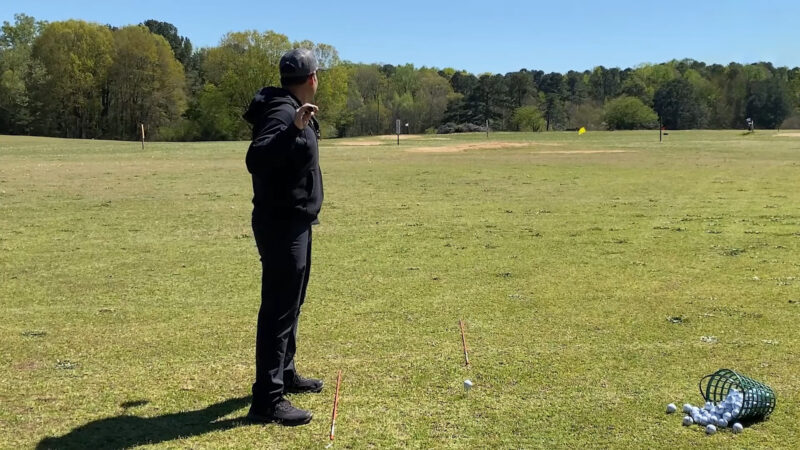
Alignment issues are common in many golf shots, but they can be especially detrimental when using a driver off the deck. Incorrect alignment can lead to shots that veer significantly off target.
How to Avoid: Pay special attention to your setup. Ensure that your feet, hips, and shoulders are aligned with your target. It can be helpful to lay a club on the ground pointing towards your target during practice to get a visual cue for proper alignment. Regularly check and adjust your alignment as part of your pre-shot routine.
Incorrect Ball Position
The position of the ball in your stance is crucial when hitting a driver off the deck. Placing the ball too far forward or too far back in your stance can lead to mishits, such as topping the ball or hitting it fat.
How to Avoid: The ideal ball position for a driver off the deck is slightly forward in your stance, usually just inside the lead heel. This position allows you to make contact with the ball as your club is moving upward, which is essential for getting the ball airborne with a driver. Practice with this ball position to find the spot that works best for you. Keep in mind that the ideal position might vary slightly based on individual swing characteristics.
By being mindful of these common mistakes and practicing the recommended solutions, you can enhance your ability to successfully hit the driver off the deck. This not only adds a valuable shot to your repertoire but also boosts your overall confidence and enjoyment of the game.
Practice Makes Perfect
To truly master hitting the driver off the deck, consistent practice is key. The right drills and exercises can significantly enhance your technique and build confidence in your shot.
That’s why golf teacher Mike Adams says:
If you hit it thin, it will run a lot. It’s when you hit the ground first that you’re doomed. You want to choose a situation where you have lots of safe ground run out in front of you, and a hard low shot that runs won’t hurt you.
Here’s a guide to some effective practices:
Dry Swings
Dry swings are a great way to begin golf practice. By simulating the swing without hitting a ball, you can focus on the mechanics of your movement.
Without the pressure of making contact, you can concentrate on the fluidity and rhythm of your swing. Regularly practicing dry swings helps to internalize the proper stance, grip, and swing path, making them more instinctive when you hit the ball.
Half Shots
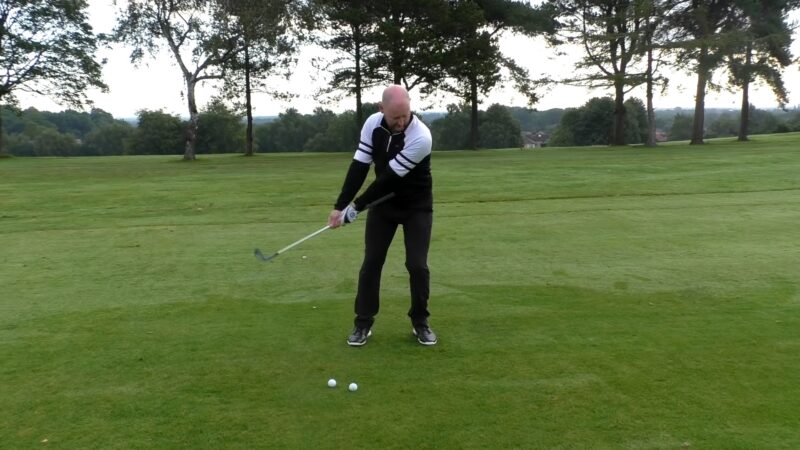
Progress to half shots after becoming comfortable with dry swings. These shots should be taken at half the power and speed of a normal swing.
The goal is to begin with controlled, effortless shots to improve muscle memory and confidence. Half shots enable you to concentrate on the accuracy of your swing and ball contact, without the challenge of a full-power shot.
This step is essential for gradually improving your skill and control with the driver off the ground.
Visualize Success
Visualizing enhances golf performance. Before each shot, imagine the ball’s path, swing, contact, and flight to the target. This aligns actions with desired outcomes, boosts confidence, and reduces pressure.
Vividly envisioning success increases the chances of replication.
FAQ
Can weather conditions affect the success of hitting a driver off the deck?
Yes, weather conditions play a significant role. Wind direction and speed can greatly impact the ball’s flight. Additionally, wet conditions can reduce the roll of the ball, making it harder to achieve the desired distance.
Is hitting a driver off the deck advisable for beginners?
Generally, it’s not recommended for beginners due to its complexity and the higher skill level required. Beginners might find it more beneficial to focus on mastering basic shots and using more forgiving clubs like a 3-wood or 5-wood.
How vital is club selection for varying course layouts when using driver off the deck?
Club selection is crucial and should be based on the course layout. For instance, on a course with tight fairways or numerous hazards, a club that offers more control, like a 3-wood, might be a better choice than a driver.
Does the type of grip affect the success of this shot?
Yes, the grip type can influence control and comfort. Some golfers prefer an interlocking or overlapping grip for better control when hitting a driver off the deck, but it ultimately depends on individual preference and comfort.
Are there specific fitness factors for hitting a driver off the deck?
Good physical fitness, particularly core strength and flexibility, can improve the effectiveness of your swing. These aspects help in maintaining balance and achieving the necessary swing speed and control.
How does the attack angle vary for driver shots off deck vs. tee?
When hitting off the deck, the angle of attack is generally flatter or slightly downward to ensure clean contact with the ball. In contrast, hitting off a tee often involves a more upward angle of attack to maximize distance and launch angle.
Final Words
Hitting a driver off the deck is a skill that can significantly benefit your game, especially on those long par 5s. Remember, it’s a shot that requires practice and confidence.
Use the tips and techniques outlined in this post to add this powerful tool to your golfing arsenal. With patience and practice, you’ll be reaching greens in two and impressing your golf buddies in no time.
Happy golfing!
